10 Tips for healthy skin
BY OLIVIA ABELLA
Studying Ayurvedic Skin therapy in India was an eye-opening and transformative experience for me. During that time, I had the opportunity to learn from some of the most knowledgeable Ayurvedic practitioners and experts in the field of skin care. In this blog, I will share my 10 tips for healthy skin, insights derived from this valuable training.
One of the most significant takeaways from this experience was the importance of tailoring your skin care routine based on your individual skin constitution and the environment that surrounds you. Since then, I have been implementing these skincare principles with remarkable results ever since.
So, whether you are just starting with skincare or looking to revamp your current routine, follow these tips and they will help you achieve your best skin yet!
TIP #1
Find out your skin type & its underlying causes
As we enter this world, our skin is gifted with one skin type: the perfect combination of oil and moisture. But as we grow up and head towards our teenage years, our skin undergoes changes that can disrupt this delicate balance. This is why I firmly believe that your skin type is a direct reflection of your skin’s equilibrium and it’s crucial to understand the factors that influence it. So, what factors contribute to the classification of your skin as either “oily” or “dry”?
Well, various factors may be at play.

1
The hormonal Factor
Our skin’s equilibrium starts to change during puberty when hormonal changes cause the body to produce more androgens which are male hormones that are present in both males and females. They stimulate the sebaceous glands in the skin to produce more sebum. However, when sebum production is excessive, it can make the skin appear shiny and greasy. This is why teenagers often experience an increase in oil production and acne breakouts.
There are several factors that can cause hormonal imbalances in women during their adult years, such as pregnancy, PCOS, thyroid disorders, menopause, certain medications (like birth control pills or hormone replacement therapy), as well as lifestyle factors such as stress and poor diet.
2
The Diet Factor
Yes, diet can influence skin balance by impacting sebum production and skin hydration. For instance, a diet lacking in essential fatty acids (EFA), which are important for maintaining healthy skin, can lead to dry skin. EFAs are needed to maintain the integrity of the skin barrier, which helps to prevent moisture loss. On the other hand, consuming an excess of saturated and trans fats, commonly found in fried and processed foods, can cause the skin to produce more sebum, leading to oily skin.
Additionally, a diet high in sugar and refined carbohydrates can lead to inflammation, which can affect the skin’s sebum production and cause it to become more oily. Similarly, consuming too much dairy or animal products that contain hormones can also contribute to imbalances in the body’s natural hormone levels, which can lead to oily skin.
3
The Environment Factor
The season can affect the skin’s balance and health by impacting humidity levels, temperature, indoor heating, and sun exposure. It’s essential to adjust your skincare routine accordingly and use appropriate products to maintain healthy and balanced skin throughout the year. During summer months the high temperatures and humidity levels tend to be higher, which can cause the skin to produce more oil. On the other hand, during the winter months, the air tends to be drier and colder, which can cause the skin to become dry and flaky.
TIP #2
keep your skin routine simple w/ plant based ingredients
Many people spend a lot of money on expensive skincare products, but the truth is, you don’t need to break the bank to achieve healthy, glowing skin.
Believe it or not, the majority of your skin’s health stems from within, meaning that if you prioritize the health of your digestive system, blood, and liver, eliminate toxins from your body, and consume the appropriate nutrients to regenerate your skin, only a few external products are needed to maintain and safeguard your skin’s well-being.
Once you’ve prioritized your internal health, you can focus on external skincare products. When it comes to skincare, simple is often best. Natural, plant-based ingredients are a great choice, as they are gentle and effective. Choose products that work best for your skin type, and always remember to protect your skin from the sun with a good quality sunscreen during peak sun hours.
If you have specific skin concerns, you may want to use serums containing active ingredients and vitamins but it’s essential to do your research and choose products that are safe and effective.
TIP # 3
Give your skin a break from makeup & toxic skincare
Taking a break from makeup and skincare products at least once a week can work wonders for your skin. With daily exposure to numerous stressors, your skin deserves some time off to breathe and recuperate. Here are some reasons why giving your skin a break can benefit you:
Minimizes irritation
Your skin may develop irritation and sensitivity due to frequent use of makeup and skincare products. Taking a break from these products can help reduce inflammation and redness, giving your skin a chance to recover and restore its natural balance.
Allows detoxification
Chemicals and synthetic ingredients present in makeup and skincare products can accumulate in your skin over time. A break from these products can allow your skin to detoxify and eliminate toxins, promoting healthier and clearer skin.
Restores the skin’s natural barrier
Continuous use of makeup and skincare products can disrupt your skin’s natural barrier function, making it more susceptible to environmental stressors and bacteria. By taking a break from these products, you can allow your skin to restore its natural barrier function, resulting in healthier and stronger skin.
1.
Firstly, you can incorporate yogurt or kefir into the mask, which has the added benefit of containing lactic acid. This ingredient is known to help exfoliate and brighten the skin, leaving it looking fresh and healthy.
2.
Another method to keep your clay mask moist longer is to add oil to the mixture. By adding a few drops of oil to your clay mask, you’ll be adding extra hydration and nourishment to your skin. This will help keep your skin looking and feeling supple and smooth.
3.
Lastly, you can try using a silicon mask on top of your clay mask. This technique will help trap in moisture and create a barrier between your skin and the environment. The silicon mask will also help the active ingredients in the clay mask penetrate deeper into your skin, leading to a more effective treatment.
TIP # 5
Change your skin routine & products based on the season
Changes in temperature, humidity levels, and exposure to sunlight can all impact the skin, and as a result, our skincare needs can also change.
During the winter, using body scrubs with warming oils like sesame can help keep your skin hydrated and supple. The warming oils help to increase circulation, which can improve the appearance of dry, dull skin. For those with drier skin, richer oils such as avocado or jojoba can provide extra nourishment without clogging pores. Avoid using cleansing gels that can strip the skin of its natural oils, instead opting for a creamy texture that can provide added moisture and hydration.
To seal off the moisture, apply a butter such as cacao butter to your skin. This natural ingredient is non-comedogenic and can be used on all skin types to lock in moisture and protect your skin from the harsh winter weather.
As the weather warms up in the summer, our skin tends to produce more oil, and we may need to adjust our skincare routine accordingly. Aloe vera is an excellent ingredient for cooling off the skin during the hot summer months. Its anti-inflammatory properties can soothe sunburns and calm irritated skin.
In humid weather, it’s best to use lighter creams rather than oils, which can feel heavy and clog pores. Cooling hydrosols like rose can also be used to refresh and hydrate the skin without weighing it down.
It’s also essential to watch out for inflammatory foods and comedogenic skincare products during the summer. Some people are more prone to breakouts during this time, and using the wrong skincare products can exacerbate the problem. Stick to non-comedogenic products and opt for a healthy diet that includes plenty of fruits and vegetables to keep your skin looking its best.
.
TIP # 6
Use plant-based oils more often than creams
Oils offer a wide range of benefits and can be tailored to individual needs, making them highly versatile. By combining hydrosol and a few drops of oils or oil-based serums, one can achieve the same benefits as creams without the use of emulsifiers that can be problematic with repeated use over time.
Although emulsifiers play an important role in cosmetic formulation by linking oil and water components to create a uniform mixture, they also have drawbacks. The use of emulsifiers on the skin can result in increased transepidermal water loss, leading to dryness and compromised barrier function. This can make the skin more susceptible to external irritants, causing further irritation. These effects are believed to be caused by the emulsification of the product with the natural oils in the skin.
TIP #7
Cleanse your skin w/ a PH balanced sulphate free product
Your trusty daily cleanser might be causing more harm than good. Recent research has revealed that sulphates, commonly found in many popular facial washes, can actually strip your skin of its natural oils, leaving it dry, irritated, and even more susceptible to wrinkles.
During my Ayurvedic studies and even long after, I personally opted to cleanse my face using my very own decoction made from herbal powders, grain powders, or oils. I’d rotate between these three methods, finding them to be gentle and effective.
There’s a common misconception that cleansers need to foam in order to be effective, but that’s entirely false.
If you’re eager to learn more about how to cleanse your skin safely, feel free to click on the link below.
TIP#8
Always use an hydrosol after cleansing your skin
One of the advantages of using hydrosols is that they have a slightly acidic pH, which can help to rebalance the skin’s pH after using a cleanser, which is naturally alkaline. In addition to this, hydrosols also offer unique benefits based on the plant they are distilled from. They are a safer alternative to essential oils and can be used by individuals of all ages, including children and pregnant women. Hydrosols are effective at hydrating the skin and infusing it with the essence of the plant.
Find out all the details on how you can elevate your beauty routine by using hydrosol by clicking the link below!
PS: Beware of tonics that might have ingredients like alcohol. as preservatives.
TIP #9
Stimulate your fibroblast w/ skin massage and exercises
During a face massage, the pressure applied to the skin stimulates the fibroblast cells to produce more collagen and elastin. The increased production of these proteins leads to a reduction in the appearance of wrinkles and fine lines and improves skin elasticity and firmness.
Additionally, face massage also helps to boost blood flow and oxygenation to the skin, providing vital nutrients to the skin cells and promoting the removal of toxins and waste products from the skin. This can help to reduce inflammation and puffiness, giving the skin a more refreshed and youthful appearance.
TIP # 10
Protects your skin from free radicals
Free radicals are nasty little things that can cause all sorts of damage to the body, including the skin. They are produced by pollution, UV radiation, and other environmental stressors, and they can contribute to wrinkles, fine lines, and other signs of aging. However, free radicals can be fought by using topical antioxidants.
1. Choose the right antioxidant: Not all antioxidants are created equal, and different antioxidants have different benefits for the skin. For example, vitamin C is a potent antioxidant that can brighten and even out skin tone, while vitamin E is excellent for reducing inflammation and improving skin elasticity. Other effective antioxidants for the skin include green tea extract, resveratrol, and coenzyme Q10. Look for products that contain these antioxidants in high concentrations.
2. Apply in the morning: Antioxidants are particularly effective when applied in the morning before you go out into the sun. UV radiation from the sun can create free radicals, so applying an antioxidant-rich product in the morning can help protect your skin from damage throughout the day.
3. Combine with sunscreen: While topical antioxidants can help protect your skin from free radicals, they should not be used as a replacement for sunscreen. Sunscreen helps to protect your skin from UV radiation, which is the main cause of skin damage and aging. Combining topical antioxidants with a broad-spectrum sunscreen can provide comprehensive protection for your skin.
4. Be consistent: Using topical antioxidants consistently is key to seeing results. Incorporate them into your daily skincare routine, and be patient – it may take a few weeks to see noticeable improvements in your skin.
Do you have any questions or comments?
Ask away!
More skin posts
More from this category ⤅
Oh hello friend, I’m olivia!
MY STORY
My goal is to empower individuals to embrace a holistic approach to Skin Health, incorporating mindful detox practices, wholesome nutrition, and targeted skincare techniques. Through my guidance and support, I aim to help you unlock the true potential of your skin and experience the profound connection between inner well-being and outer radiance.
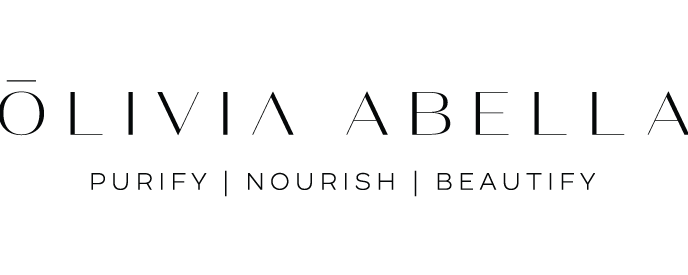
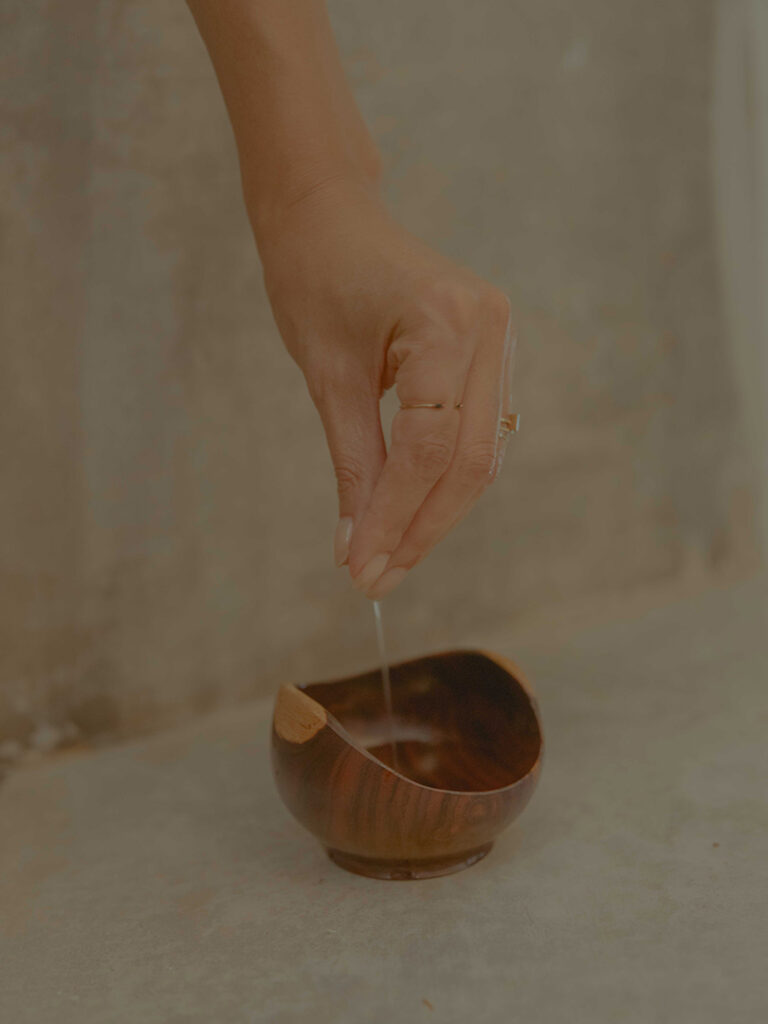
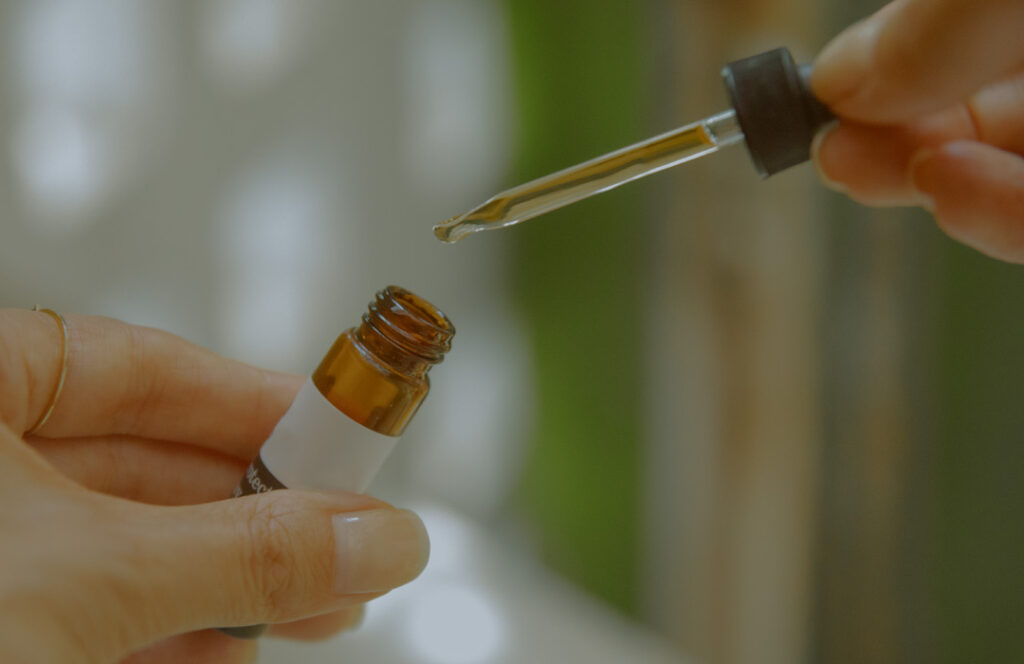
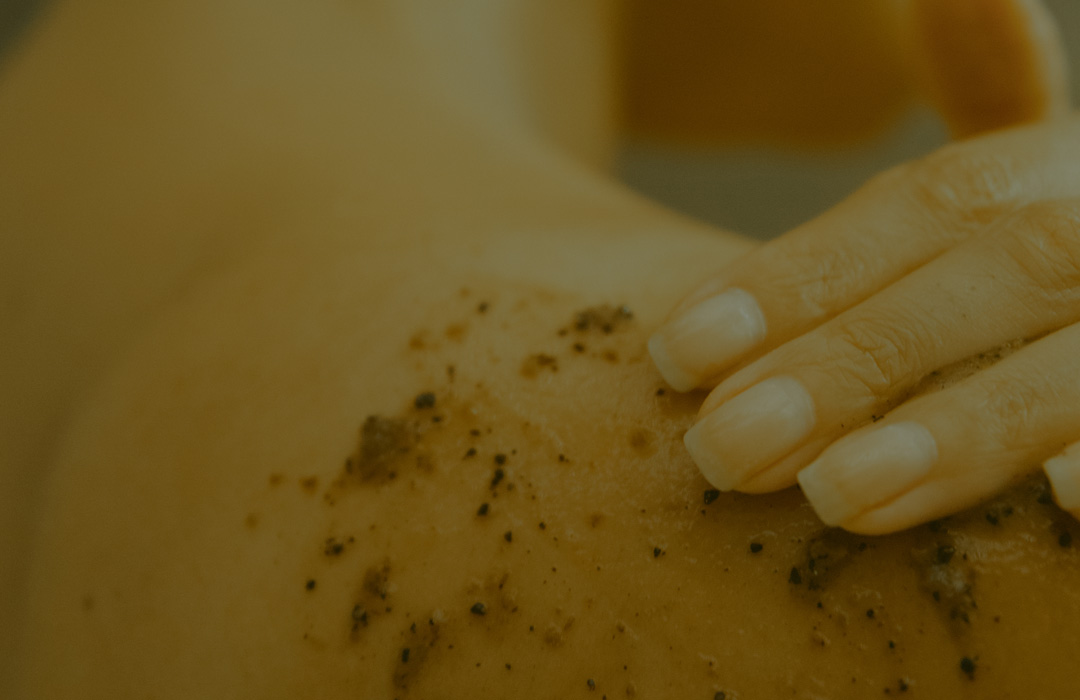
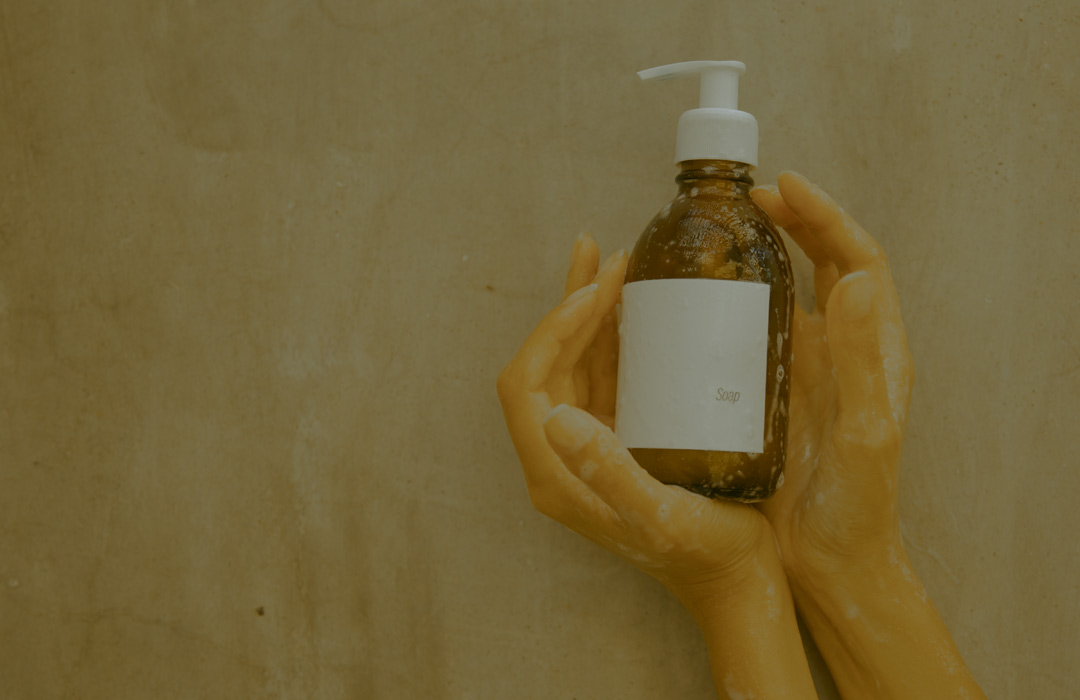
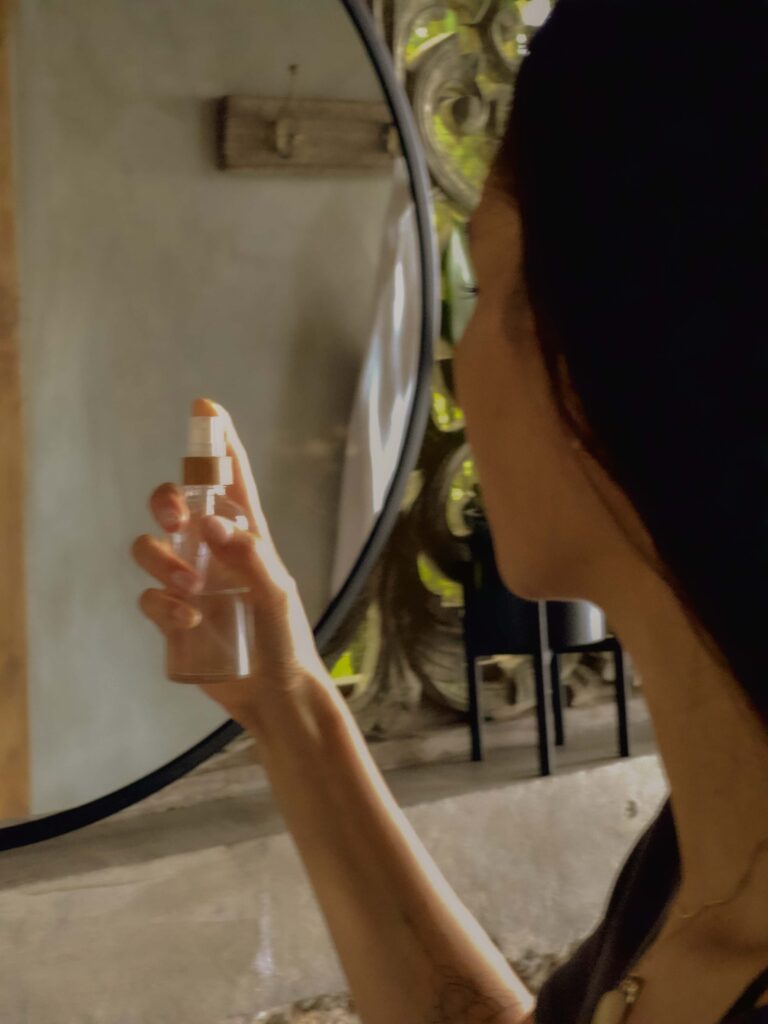
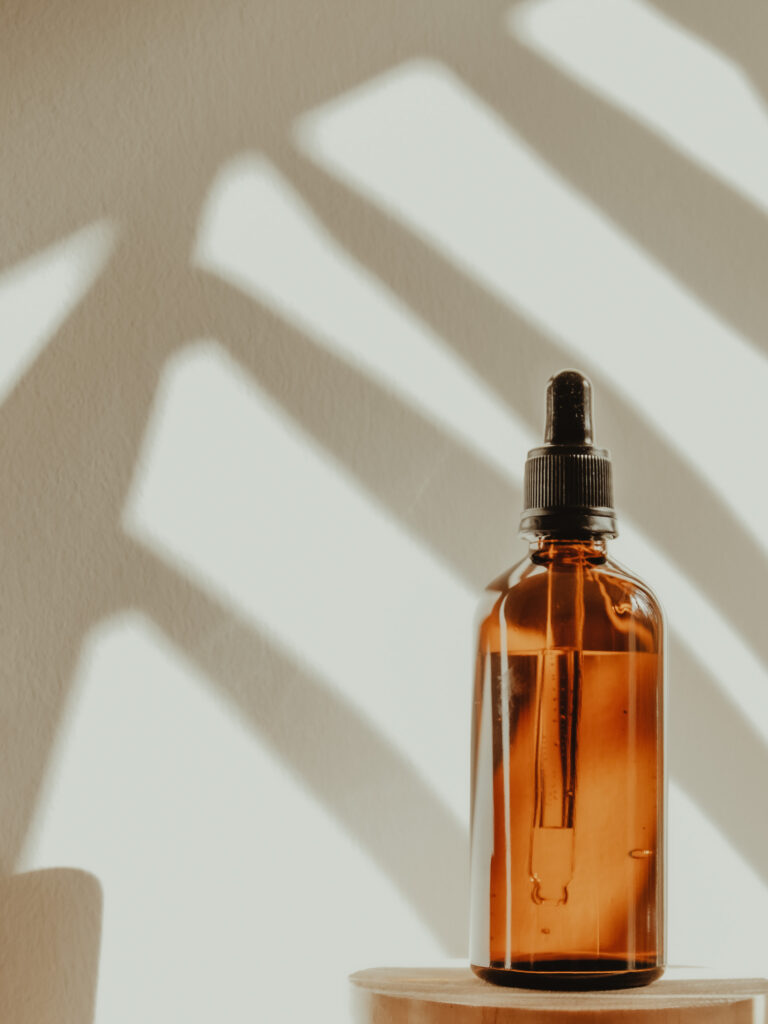

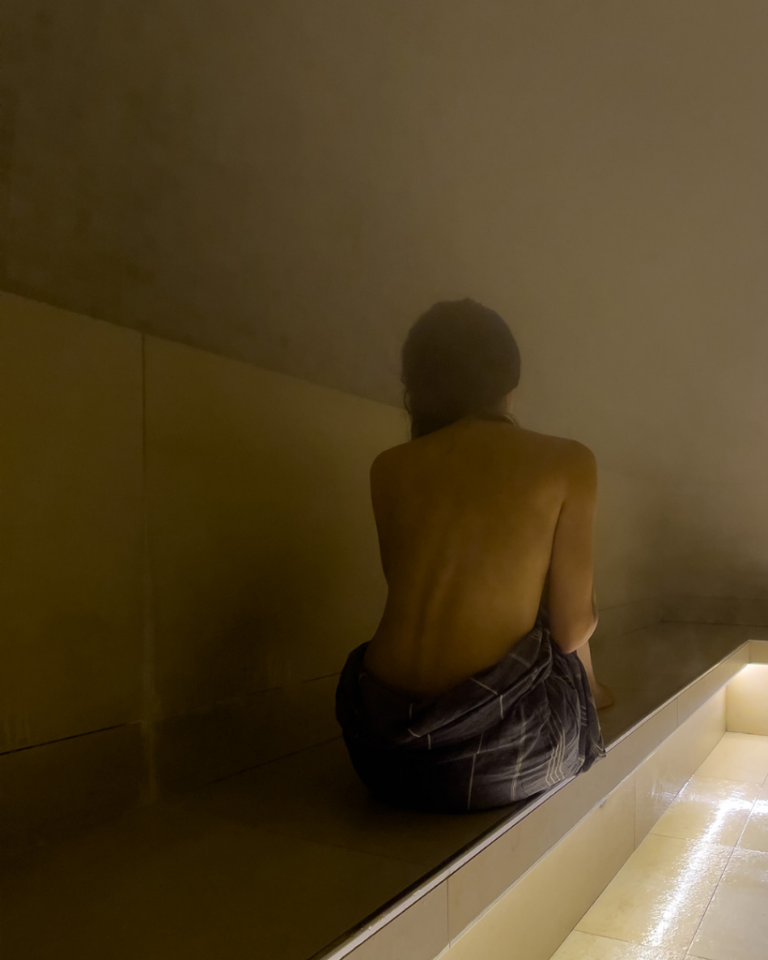

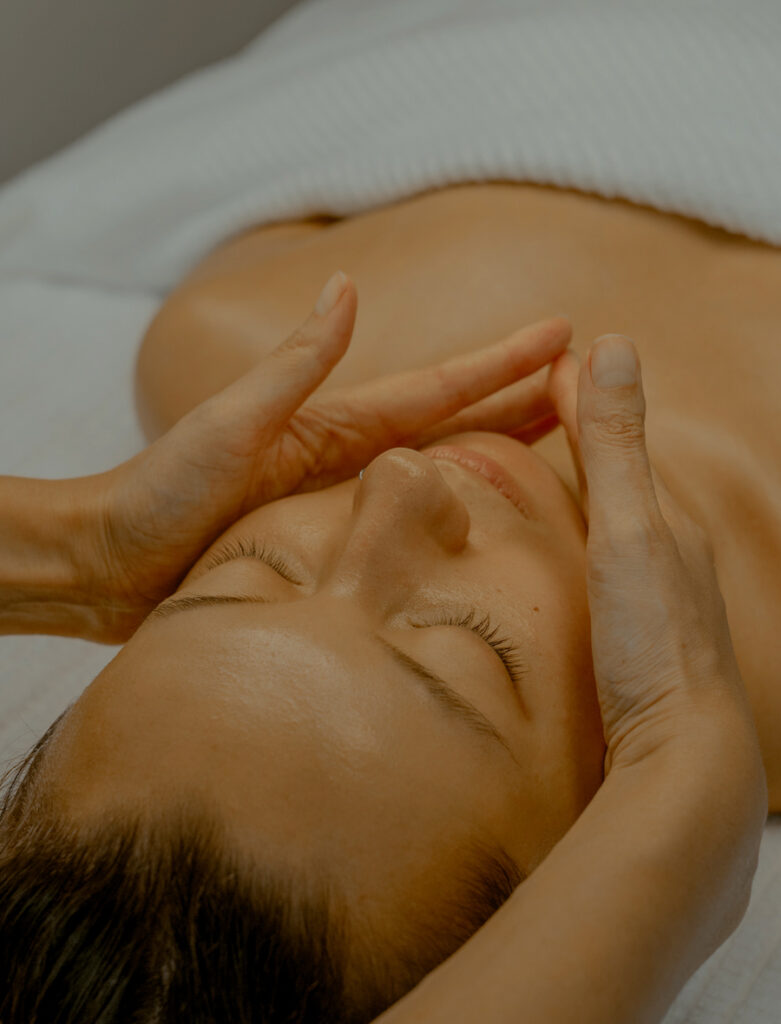

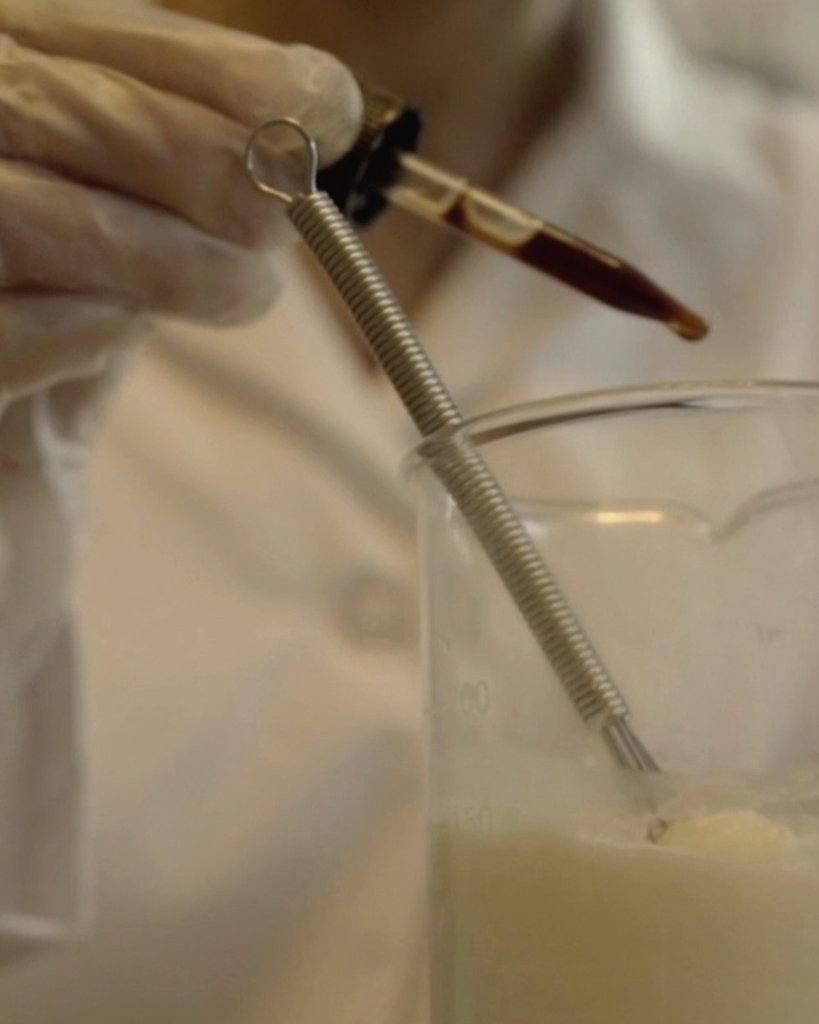

Leave a Reply